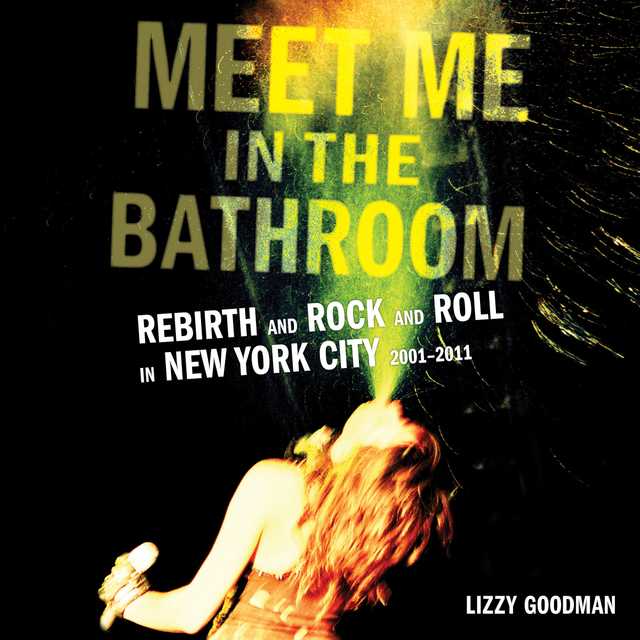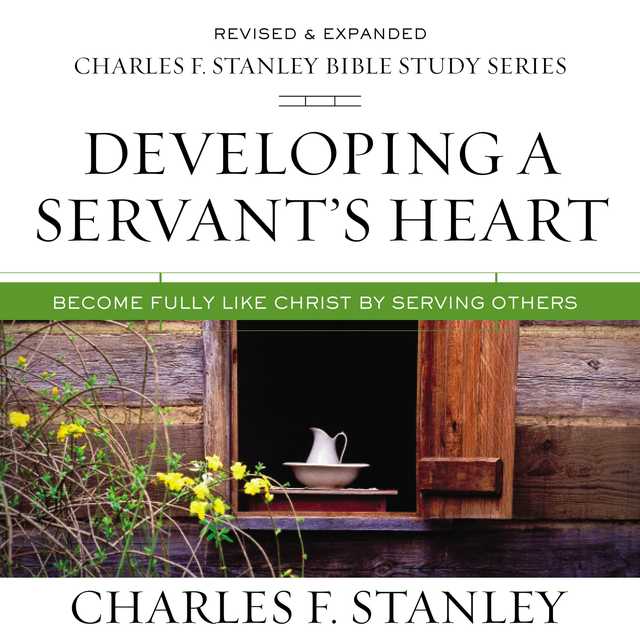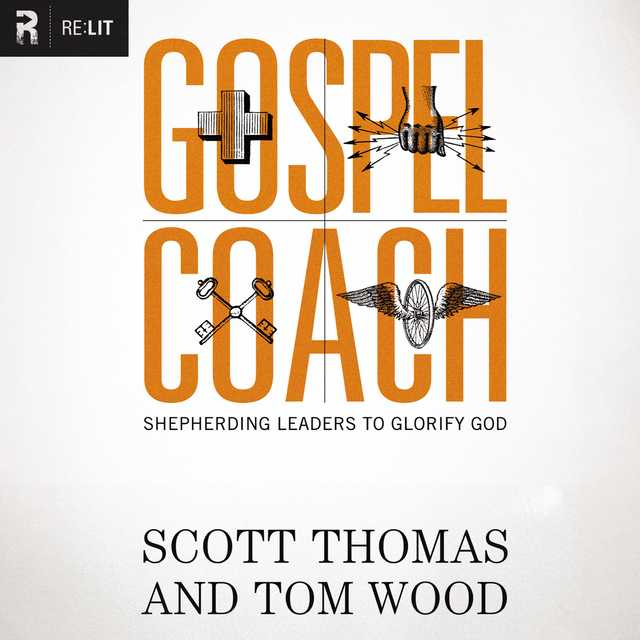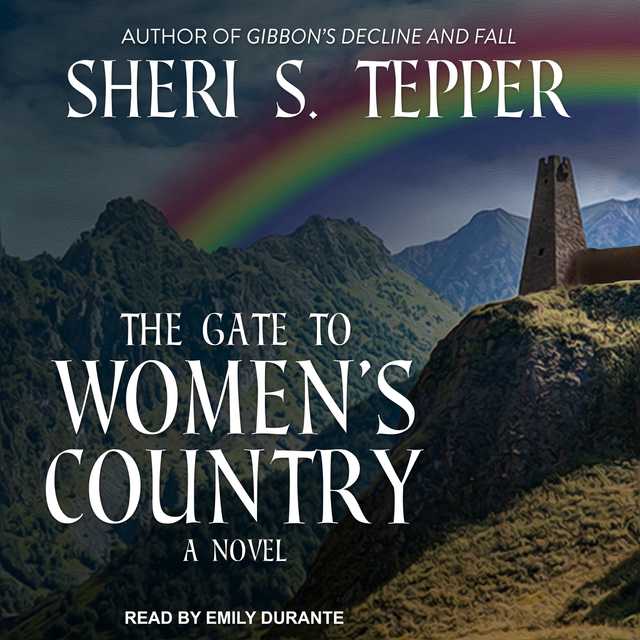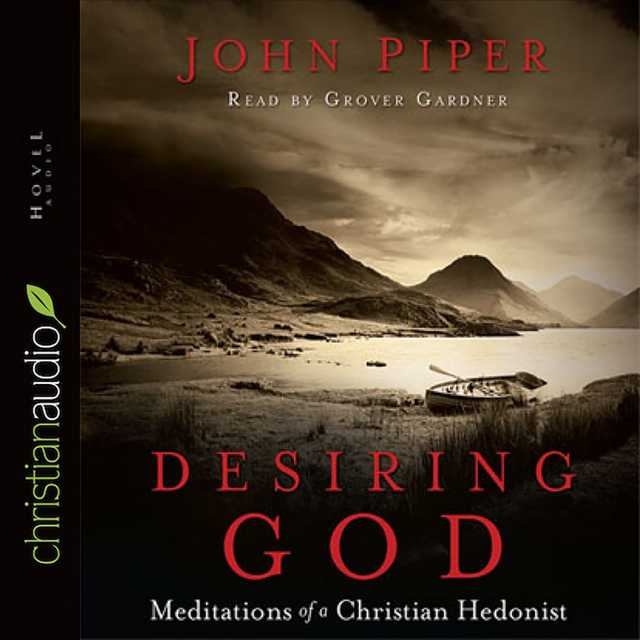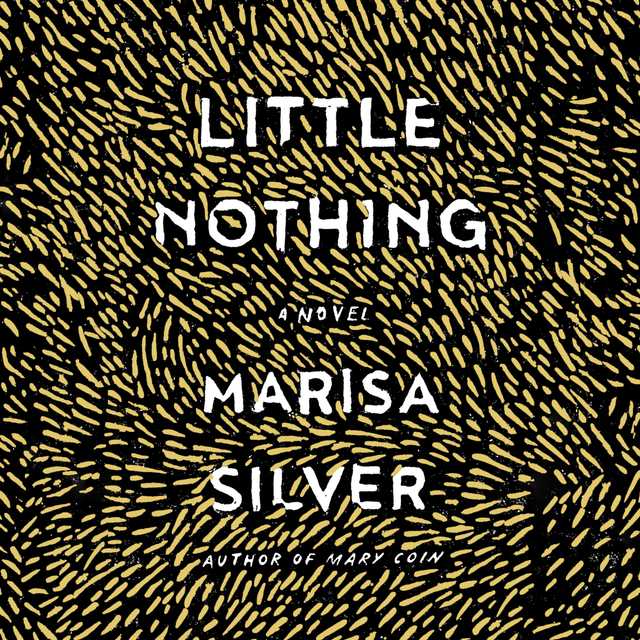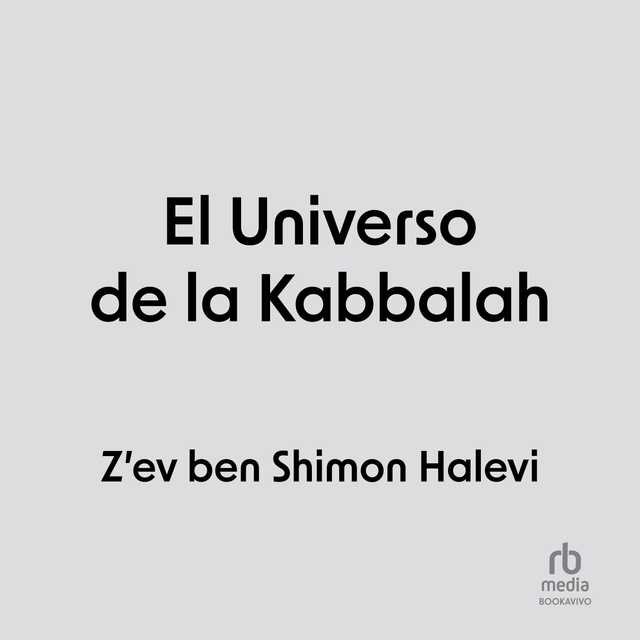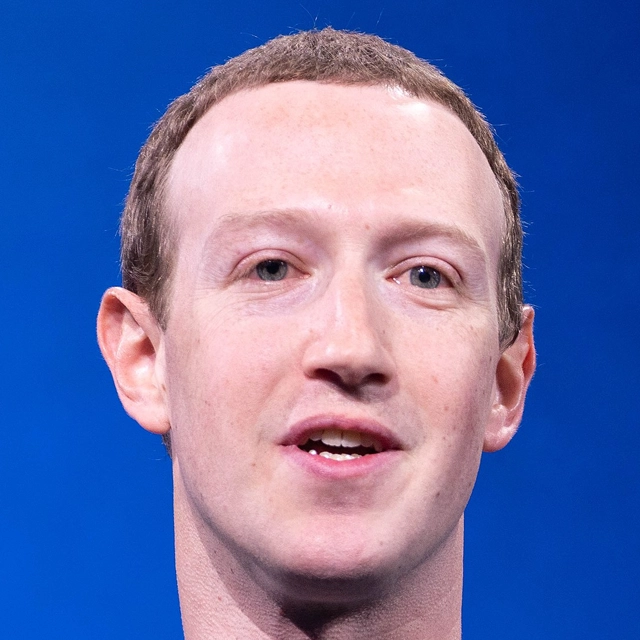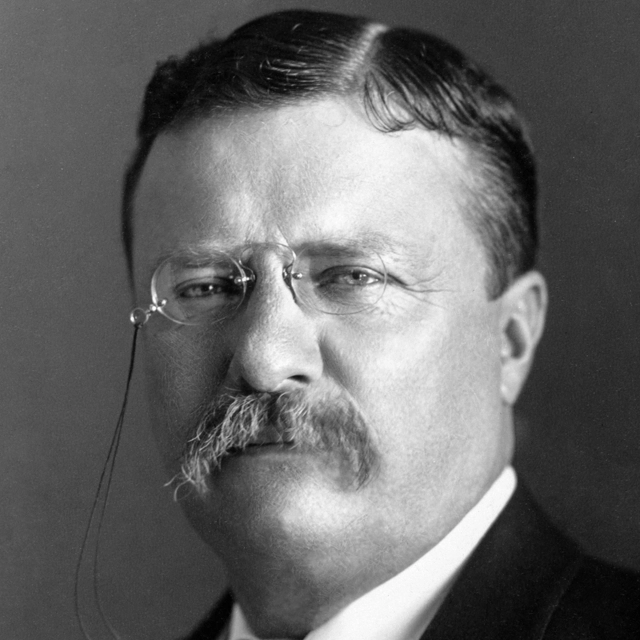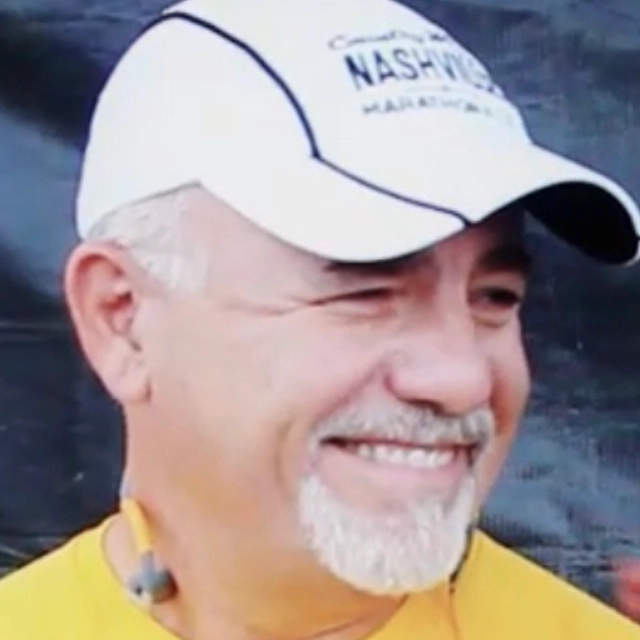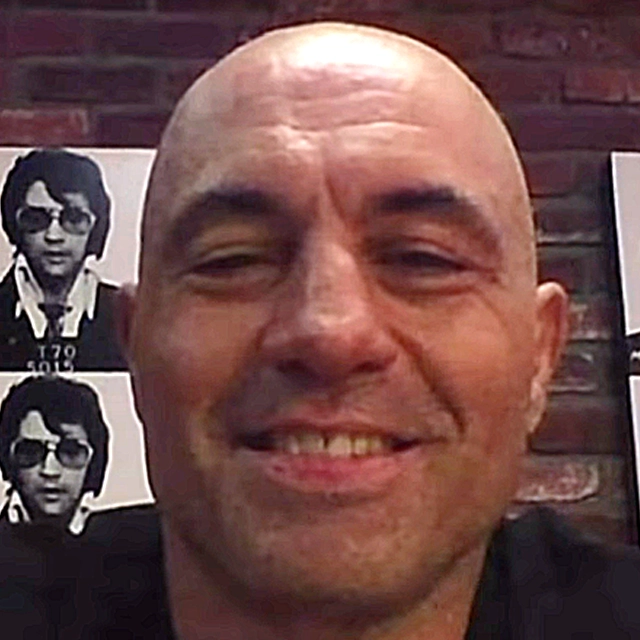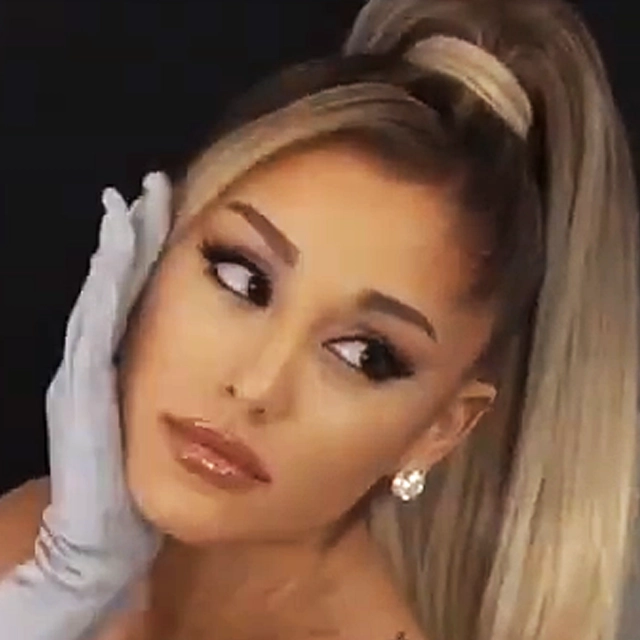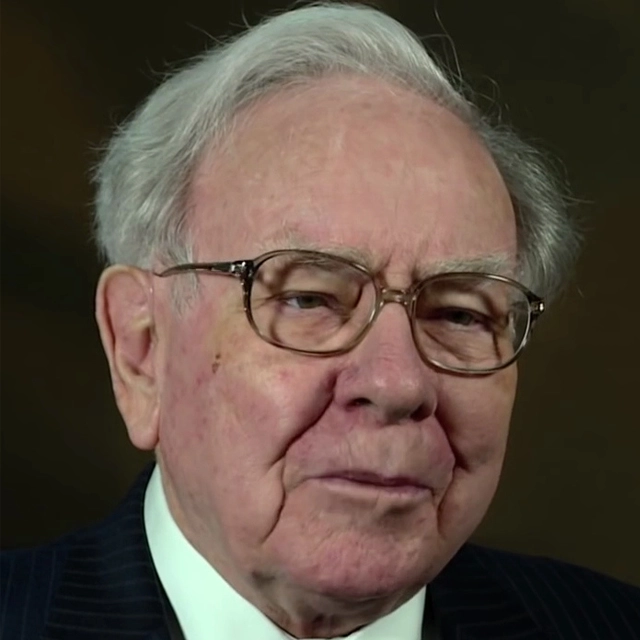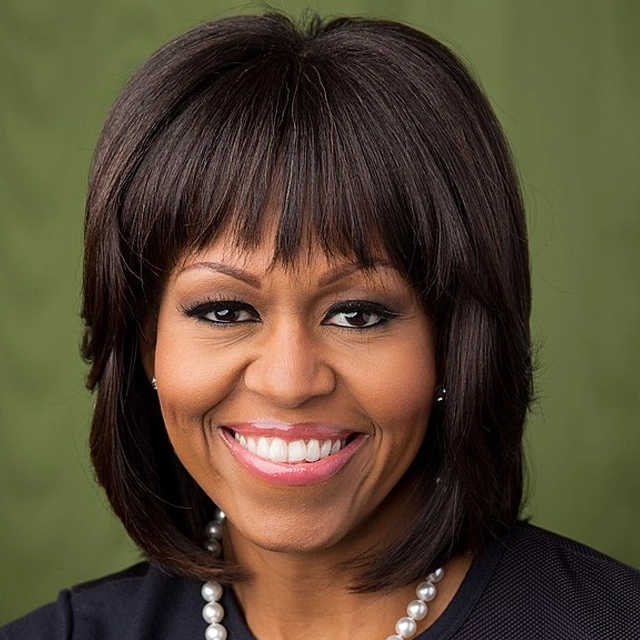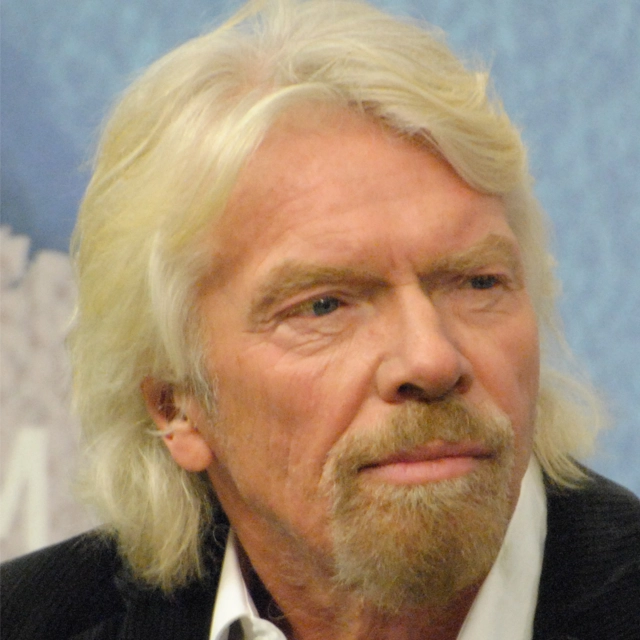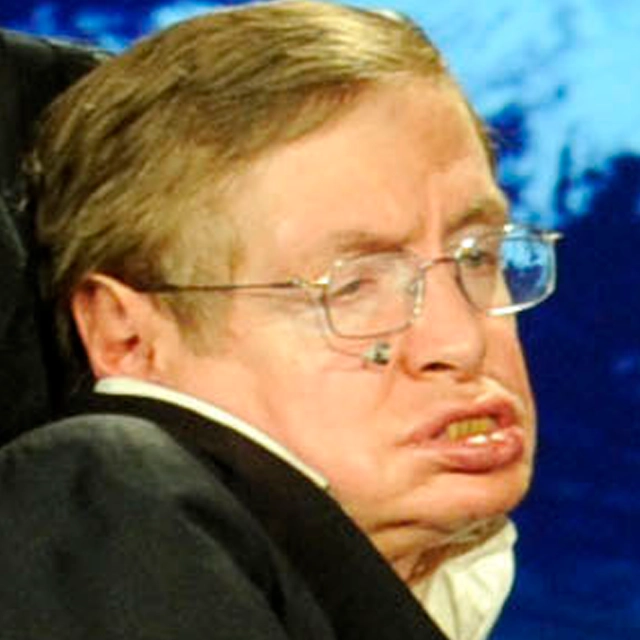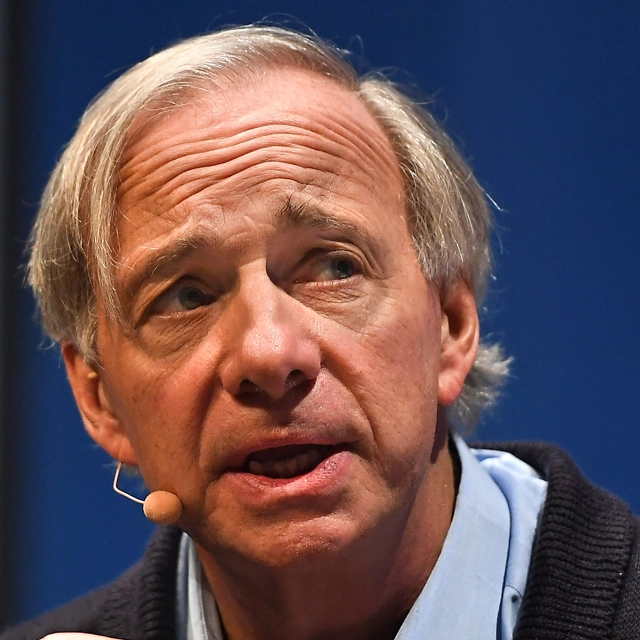Meet Me in the Bathroom Audiobook Summary
Named a Best Book of 2017 by NPR and GQ
Joining the ranks of the classics Please Kill Me, Our Band Could Be Your Life, and Can’t Stop Won’t Stop, an intriguing oral history of the post-9/11 decline of the old-guard music industry and rebirth of the New York rock scene, led by a group of iconoclastic rock bands.
In the second half of the twentieth-century New York was the source of new sounds, including the Greenwich Village folk scene, punk and new wave, and hip-hop. But as the end of the millennium neared, cutting-edge bands began emerging from Seattle, Austin, and London, pushing New York further from the epicenter. The behemoth music industry, too, found itself in free fall, under siege from technology. Then 9/11/2001 plunged the country into a state of uncertainty and war–and a dozen New York City bands that had been honing their sound and style in relative obscurity suddenly became symbols of glamour for a young, web-savvy, forward-looking generation in need of an anthem.
Meet Me in the Bathroom charts the transformation of the New York music scene in the first decade of the 2000s, the bands behind it–including The Strokes, The Yeah Yeah Yeahs, LCD Soundsystem, Interpol, and Vampire Weekend–and the cultural forces that shaped it, from the Internet to a booming real estate market that forced artists out of the Lower East Side to Williamsburg. Drawing on 200 original interviews with James Murphy, Julian Casablancas, Karen O, Ezra Koenig, and many others musicians, artists, journalists, bloggers, photographers, managers, music executives, groupies, models, movie stars, and DJs who lived through this explosive time, journalist Lizzy Goodman offers a fascinating portrait of a time and a place that gave birth to a new era in modern rock-and-roll.
Other Top Audiobooks
Meet Me in the Bathroom Audiobook Narrator
Charlie Thurston is the narrator of Meet Me in the Bathroom audiobook that was written by Lizzy Goodman
Lizzy Goodman is a journalist whose writing on rock and roll, fashion, and popular culture has appeared in the New York Times, Rolling Stone, and NME. She is a contributing editor at ELLE and a regular contributor to New York magazine. She lives in upstate New York with her two basset hounds, Joni Mitchell and Jerry Orbach.
About the Author(s) of Meet Me in the Bathroom
Lizzy Goodman is the author of Meet Me in the Bathroom
More From the Same
- Publisher : HarperAudio
- Abraham
- American Gods [TV Tie-In]
- Dead Ringer
- House of Sand and Fog
- Prey
Meet Me in the Bathroom Full Details
| Narrator | Charlie Thurston |
| Length | 19 hours 42 minutes |
| Author | Lizzy Goodman |
| Publisher | HarperAudio |
| Release date | May 23, 2017 |
| ISBN | 9780062660909 |
Additional info
The publisher of the Meet Me in the Bathroom is HarperAudio. The imprint is HarperAudio. It is supplied by HarperAudio. The ISBN-13 is 9780062660909.
Global Availability
This book is only available in the United States.
Goodreads Reviews
Mark
June 21, 2017
Will there ever be another "scene" like the one that Lizzy Goodman describes in MMITB? Whether it was Seattle for grunge, the Sunset Strip for hair metal, Boston for '80s era "college" music, Laurel Canyon in the early '70s, Motown in the '60s, or any other number of scenes, so much of music history can be traced back to a bunch of bands emanating from one central location playing stylistically-similar jams. MMITB does a tremendous job of capturing the dynamic LES/rock scene of the early Aughts, which very well may be the last "scene" of its kind (due to technology, loss of monoculture, corporate consolidation, etc.). The oral history format is perfectly implemented here, as Goodman got musicians, publicists, industry professionals, bloggers, and groupies to dish about this incredible era. I can't think of anyone --save for maybe Carlos D-- who I wanted to hear from but didn't. BRAVO! 👏👏(Oh, if you're reading this book and you want to listen to all the music that's mentioned, I made a Spotify playlist of EVERY SINGLE SONG MENTIONED IN THE BOOK for that very purpose: https://open.spotify.com/user/unclegr... )
Meike
February 14, 2023
OMG, there's now a trailer for the documentary based on the book: https://www.nme.com/news/music/watch-...I'm not crying, you are!!!I'm not going to lie, I got so emotional reading this tome, as it talks about music I love, no, music I LOVE. Quoting a vast range of musicians, journalists, bloggers, and people from the music industry, Goodman creates a mosaic of voices and thus evokes the spirit of NYC and its music scene in the first decade of the new millennium. Three narrative strands hold the book together: The stories of The Strokes, The Yeah Yeah Yeahs, and DFA with James Murphy and Tim Goldsworthy. Goodman talks about their influences, rise and careers, and shows how they interacted with an influenced others, like The White Stripes (Detroit), The Hives (Sweden), The Vines (Australia), Franz Ferdinand (UK) et al. She also refers to the political climate that influenced the time and thus the arts - George W. Bush, 9/11, the Iraq War - and how digitalization and the internet changed the music industry and affected the protagonists.I really enjoyed how Goodman combines all the hard facts with tons of anecdotes - this is an oral history, after all. We hang out with Paul Banks and weird-ass Carlos from Interpol, watch madness unfold when the Followills first get confronted with rockstar parties in downtown NYC, and are just as stunned as Adam Green when the crowd goes nuts about the Moldy Peaches' stage outfits (Robin Hood, chicken, you name it). When this book was released, a lot of the reporting focused on Julian Casablancas calling Ryan Adams a bad influence for Albert Hammond Jr. who struggled with a severe heroin addiction, but for me, the real diss came from Fab:Ryan Adams: "It was very dramatic, the way it all went down, very much in style of "The Godfather", where the family business was being attended to. (...)."Fabrizio Moretti: "I'm sure Ryan Adams has his own story and it's grandiose and beautiful and whatnot, but he's not that major of a player in the Strokes' history."Haha, so much for that - but now Ryan Adams has some other problems on his hands anyway (https://www.nytimes.com/2019/02/13/ar...).The heart of the book is also the heart of the movement, and it's the story of The Strokes - parts of this narrative broke my heart. This is my favorite band, they were the trailblazers, and Goodman details how they started to struggle and to disintegrate from "Room On Fire" onwards, overwhelmed by what was happening around them and fighting among and with themselves. There are quite a few bands who went through the door The Strokes opened and became more successful than them, and many of them - like The Killers or Kings of Leon - certainly are good bands, but the way The Strokes boycotted themselves is just heart-breaking. Although no one can take their impact on music history away from them, I wish they would have found a way to play in the same league when it comes to mainstream success, because they would have deserved it. When journalist Alex Wagner is cited saying about Ezra Koenig: "Come on. Ezra is not Julian, right? They are not battling the same demons. (...) I mean, there's this very reasonable millennial idea of your art form as a fundamentally manageable thing. Like, you could go and be an artist, as opposed to you can't be anything but an artist and it's this all-encompassing demon you have to wrestle with", I see that Koenig's attitude is reasonable, but it also makes me want to punch him in the face a bit, you know? (Sorry, Ezra, Vampire Weekend is great and all, but Julian Casablancas is my favorite singer ever.)As you have probably realized by now, this book is pretty much unreadable if you don't have any prior knowledge about the music Goodman discusses, but if you do and you are into it, this read will blow your mind and fill your heart. There's also a fun Spotify playlist for the book: https://open.spotify.com/playlist/6OY...
Andy
February 21, 2019
The musical-era biography is probably my favorite type of reading material, that and/or artist memoirs/autobiographies. Our Band Could Be Your Life remains a seminal experience for how much music it led me to discover and come to love; the ideals espoused by those 80s punks whose lives and work were all intertwined deeply affected me, inspired me, and/or served as fodder for appropriation/regurgitation. Prior to the publication of Meet Me in the Bathroom the function of books like this for me had always been to connect with periods I felt disappointed to have missed. I used to feel I was one of those “born at the wrong time” people. In hindsight, that was a stupid sentiment. I first read the Azerrad book while living in the middle of a similarly seminal movement, and had no idea.Meet Me in the Bathroom is the first good* book of this type to cover a period during which I was an active, enthusiastic consumer of the art being created. In fact, there are only two albums in the book with which I had not intentionally engaged previously--the YYYs' and Jonathan Fire*Eater’s first EPs. However, until reading the book, I had been completely unaware how much context I’d missed. I'd been a naive midwestern boy listening from afar, vaguely imagining an NYC I wouldn’t visit until the whole thing had mostly concluded (actually well before 2011, which I’ll get to). The now-renown bands making innovative music in turn-of-the-millennium New York City were just as intertwined and interconnected as the underground punks in the 80s, if not more so. The constant proximity of so much simultaneous ingenious--and occasional genius--is astounding and far from coincidental.*I also lived through and actively participated in the late 90s/early-2000s emo era as chronicled in Nothing Feels Good by Andy Greenwald--also a frequently quoted journalist in MMitB. But… most of that music sucks now, and that book kind of sucks; it was written too soon, before the era's end. However, it’s literally the only thing Greenwald has produced that I haven’t loved. Anyway...*The subtitle Rebirth and Rock & Roll in New York City 2001-2011 is a partial misnomer. The ebook version is about 550 pages long. Around 475 of those pages span the years 2000 to 2004 or so, rather than the neater, nicer, more eminently marketable “2001-2011.” Still, Lizzy Gordon’s oral history is intuitively structured, built using Rashomon-style collective recollections of two culturally separate but simultaneously-occuring NYC scenes as throughlines. One documents the foundation, emergence, and ascendance of alleged rock-saviors the Strokes, the Yeah Yeah Yeahs, and Interpol. The other thread chronicles dance-rock behemoth DFA Records and its primary export, LCD Soundsystem. Many bands in the orbit of those two blazing suns also appear, generally any major act that hailed from or frequently visited the region and/or received a Pitchfork BNM at some point. There is a massive quantity of astounding and confounding information here, yet Gordon keeps the dual narratives tightly focused, for the most part avoiding indulgence in inconsequential tangents. Gordon devotes the remaining pages to the aftermath of the bands that broke through during that time, with additional lip service paid to the next generation, mainly Vampire Weekend, but also Grizzly Bear and The National, though quotes from members of the latter two are used mostly for scene-setting. If I have any negative criticism, I wish Gordon had devoted either fewer pages or many more to the bands from later in the decade. And I wish she'd talked to Sufjan Stevens, who was hanging with those crowds at the time, and whose reliably strange perspective likely would have added an entirely different take on the events. Also, the conclusion comes too soon. The book ends with LCD and the Strokes’ first shows at MSG, which took place on back-to-back nights. You know, the once-legendary “final” LCD show. The book ends there, yet we know both bands, plus Interpol and the YYYs, are still around slugging it out, trying to reach, or intentionally not reach, the pop summit none of them quite did.So, back to the context I didn’t have as a midwestern high school/college student listening to this stuff 10-15 years ago. All these artists, separately monolithic in my mind, knew each other, collaborated, loved/hated/dated each other. That changes everything! But the real surprise here mainly this: they all lived hard, used and abused alcohol and drugs, loads and loads of drugs, all kinds. With the exception of the Strokes, none of these bands seemed particularly hedonistic, and certainly weren't marketed as such. The Strokes were so characteristically casual and cool about it that it seemed somehow irrelevant. They were indestructible. No people with such perfect birthnames as those could ever die. However, apparently everyone in that scene was, to some degree, a fucked up dirtbag, so much so that I frequently wondered how all of them survived. How did these people live, and yet so many of the icons of the 60s, 70s, 80s, and 90s wound up dead? I’m guessing the availability and social acceptability of recovery programs is a big factor. Destigmatization.Perhaps the most disheartening, disappointing takeaway is the book’s revelation that DFA/LCD kingpin James Murphy, long held up as the Kind Uncle of Indie Rock, is, in fact, not kind. At all. No, the dude comes off here as an entitled, vindictive monster, a petulant genius baby willing to completely sever ties with and/or destroy anyone who stood/stands in his way, no matter how strong those friendships had previously been. He ruined multiple careers and takes no responsibility for it. People openly refer to Murphy as a sociopath. This would be more difficult to handle if his music was just a little less than absolutely, transcendently perfect, which it isn’t, and so we’ll probably just continue to accept and forgive the artistic fascism required for this particular man to achieve that world-beating level of creative work. And, honestly, the fact that Murphy was able to successfully design, cultivate, and maintain this image probably means that he's an even bigger genius than we previously assumed.Meet Me in the Bathroom rules. It’s gossipy, dirty, and addictive. I blew through it in less that 48 hours. If you consider yourself a fan any one of the bands mentioned above, this is required reading.One last note: the book ends with a funny quote from Julian Casablancas, uttered on stage at a huge show in southern California. When he said that, this is the truth, and I mention it with equal parts pride and irony: I was there.
Anaïs
December 04, 2018
** spoiler alert ** Ryan Adams is a knob.
Stevie
January 17, 2023
Where is the bathroom
Izzy
February 19, 2018
Last spring, I had my wisdom teeth removed. My oral surgeon was young-ish, and he was playing a Vampire Weekend album in the operating room. As the anesthesiologist did her thing, we began to discuss I launched into a monologue on my very complicated feelings about that band, and the next thing I knew I was waking up, no surgeon in sight, completely, fully, even ragingly, ready to complete my train of thought. It was definitely a mental coitus interruptus situation and I'm still mad about it. I am also still mad that the surgeon told me wisdom teeth removal is a "young person's game."A few weeks ago, I caught Henry Rollins on his latest tour. Before that night, I had no idea how wild the story of how he became Black Flag's frontman is. He had driven from D.C. to New York for one of their shows, and they invited him onstage to sing one song. A few days later, he got a call from the band asking him to audition, and the rest is musical and spoken word history. Meet Me in the Bathroom is about SO many things. The author herself claims it's really about New York City, and that's not wrong, but so are thousands of other novels, records, films, paintings, lives—it's New York, you can't turn over a cobblestone without finding 37 riveting stories beneath it. The reason I related those seemingly unrelated anecdotes above is because to me, the main characters are the incredibly complicated dynamics of one's personal musical taste and Lady Luck. Some of these bands were just at the right place, at the right time. I am the target demographic of this book, and I'm not sure if I've ever experienced being such a...bullseye. I remember being a stuck in the backseat of a car. A friend of mine was going on and on about the Strokes and how they were so fucking cool and how he was going to dress just like them. Then he smoked weed out of a bowl using an actual button as a filter, like a plastic button from a coat, so his opinion didn't really hold a lot of weight. Another friend of mine latched onto the Karen O persona like a barnacle. You guys, I witnessed so many terrible haircuts that Karen herself could barely pull off. I've always been a little "oh it's more about the music, not the look" (which I realize has its own issues), so I didn't really get sucked into that vibe at the time. However, something that has always been a potent drug to me is the allure of a "scene." (FOMO is real you guys.) So I wanted to read this book.(Sidenote on FOMO: this book gave it to me. Hard. I lived a mere 2.5 hours north of this scene and missed it completely. Oh, I listened to the music and did my own thing, but you know what I mean.)Anyway, back to this music scene, in this place, at this time. One of the most interesting aspects of Meet Me in the Bathroom is how Lizzy Goodman introduces contributing factors I had never considered. For example, it was right on the cusp of the internet takeover. That sentence alone encapsulates: the onset of Napster and the eventual complete reconfiguration of the entire music industry; a new spotlight on the opinions of bloggers, who would become the top tastemakers; and the dismantling of established journalistic structures (including factoring in who was prescient enough to jump on the bandwagon re: online content). The theme of internet as catalyst is huge. We're all cozily set in our current media consumption ways, so it's easy to forget just how fucking different it was! If you even remember a time pre-internet! I mean, I watched a movie from 5 years ago and I noticed they were using Facebook wrong. The way we get information changes drastically and quickly these days—we're used to it. But the early 2000s were a time of enormous change in this regard. Enormous. Some people like change and roll with it; some people don't. Aside from the internet, this was a pre, during, AND post-911 New York. It was a New York dealing with a lot of political and economic change: gentrification, getting "cleaned up." Even small things like stringent new cabaret laws added spice to the stew. One claim I have a hard time getting behind though is that there was no real New York music scene for years before this one. I'm sure there was, it just wasn't yours. Ok, so there's those huge themes. Huge themes like that are invariably accompanied by dozens of smaller themes. And what I LOVED loved loved about Meet Me in the Bathroom is the way Goodman structured the interviews to unveil everything she wanted to include. Seriously, it is a monstrous editing feat. Major Russian nesting doll status. Props to Lizzy and her team. You get the story of the Strokes and how they revitalized the scene, plus the contrast of the whole DFA/LCD thing. Those are the two major story arcs, and they are red-carpet-unrolled against the backdrop of the aforementioned climate of 2000s New York. Once that trunk is established, the other branches blossom: the tales of the YYYs, Interpol, TV on the Radio, and many others. The whole thing is so incestuous that it has to be this way. And THEN, within that context, the tidbits of hedonism, relationships, good feelings, bad feelings, praise, jealousy, ego-tripping—that all comes out. People fucked each other over just as often as they helped skyrocket careers. I read somewhere that Julian Casablancas said he didn't love this book because there were too many non-insider opinions. But I appreciated the takes of journalists, managers, publicists, bloggers, and Gideon Yago. They added a fullness I would've missed had their voices been omitted. Even the descriptions of drugs and general hedonism opened up space to read between the lines, letting you form your own opinion on what constituted cool, what made a rock star, what made a scene. Which brings me to Vampire Weekend. I have complicated feelings! There's probably a band you feel a type of way about too. When I first heard them, I definitely scoffed. Like, what are they even. Now I kind of love them? That whole discussion with the hipster oral surgeon was about holding a mirror to your musical tastes. Of dissecting the roots of what makes you love music, letting yourself like something that doesn't necessarily fall into the established wheelhouse of what you THINK you should like, and everything that stems from that thought process. I remember being like, "it forced me to admit to myself that...I could be wrong about cool things, you know?" (Yoooo, nitrous though.) Towards the end of the book, specifically during the Vampire Weekend sections, something super interesting is brought up: that millenials, unlike those from the generations right before, don't hold such a die-hard loyalty to a specific style. They (THE INTERNET) had access to a huge variety of music, and no one told them only these one or two things were cool. And by this point, they knew how to use it to their advantage. Ezra Koenig is no joke. Which brings me to Ezra Koenig. My other favorite thing about this book was cobbling together character profiles from the interviews. Ezra was one of my faves. Cerebral, fresh, and just...Ezra is going to do what he is going to do, and very cleanly and successfully at that. Tunde and Jaleel from TV on the Radio were my other faves. They were so real and funny. I left this book with a whole new opinion of Julian Casablancas, too (in a good way). Oh, and I loved Paul Banks from Interpol. Most of these characters are eloquent and funny. The stories ABOUT Carlos from Interpol were also pretty great. OH and I did laugh a lot at what the Kings of Leons guys had to say. And James Murphy, omg. I love LCD and could write several paragraphs on him after reading this but I'll spare you guys. He is one of those assholes I could easily be really good friends with.That's the other thing about Meet Me in the Bathroom. It's super fun to read. I wanted to include all of the above overanalytical bullshit to counteract some of the claims that it's just about sex and drugs and being cool. It's not. But that stuff is in there, and fuck yeah it's fun to read about. Each chapter ends on on a mini-cliffhanger, and it just keeps you flipping pages. Pretty soon you're lugging around a 500-page hardcover, and gladly.
Zachary
April 17, 2017
I feel exhausted after reading Lizzy Goodman’s compelling oral history of the aught’s music scene in New York City, Meet Me in the Bathroom. I read the book in mostly one sitting, and it took me, I’d estimate, a little more than 10 hours to get through. There’s 640 pages in the book, according to the publisher’s information (my copy was downloaded on the Kindle), and, man, do you feel it. Practically no stone is left unturned in this account of what it was like to be a musician in the 2000s in New York.The book largely focuses on the careers of bands such as the Strokes, Interpol, the Yeah Yeah Yeahs and LCD Soundsystem. I found the book to be fascinating, even though I only was really a fan of LCD and only familiar with their work. I really felt a sense of nostalgia in reading this book, what it was like for me to be post-university degree and still regularly consuming music. (I haven’t listened to an album in months, and I’ve turned more into a reader.) The book also touches on the copycat bands that came from elsewhere in the wake of the Strokes’ success — and had far more success than the Strokes themselves did — but also takes some detours into how technology and file sharing really impacted how major labels scooped up bands. There’s also an insightful chapter on bloggers and the role they had in popularizing these bands, and these blogs actually had a much bigger role than I would have imagined.Read more here: https://festivalpeak.com/a-review-of-...
Robin
December 29, 2021
Nostalgia for the remembered noughties. Will make you feel all of 36 and unfavourably compare yourself to Ezra Koenig. Still kind of glad to not be Ryan Adams though. If you wore bootcut denim in 2001, you'll want to pick this one up.
zan
August 23, 2017
I really enjoyed this book and its trip down memory lane (or at least as many memories as we could possibly retain from that era), but can't say how much of that was because I remember half these people and places first-hand. Like: seeing Interpol at Brownies, or Mooney Suzuki at Tiswas, or being at Mercury Lounge for a Delays show next to Sarah Lewitinn, or reading every week about Misshapes on some blog. Even Lit, a bar I used to go to all the time but have already nearly forgotten about, loomed large on many pages. Being there brought these pages more to life for me. Honestly I skimmed much of the LCD Soundsystem stuff because it was so not a part of the NYC I remember. Still: a great & complete oral history of everything that spun out of that time and place.
Eliza
December 20, 2022
don’t love the idea of mythologizing a time in history to be like “boo hoo it will never be as good as that time you weren’t present for…” but god damn i love the strokes i love LCD soundsystem I love vampire weekend i love the hives i love franz ferdinand, how could i not love this??
Jamie
July 16, 2020
They're not overselling the comparison of this to other music oral histories in the intro - I enjoyed it every bit as much as Our band could be your life and Can't stop won't stop, and ALMOST as much as Please Kill Me. It sent me to spotify again and again to relisten to stuff I hadn't listened to in a while, and stoked my already burning LCD Soundsystem fire.What's funny is, though James Murphy comes across as a dick, his dickishness is kind of awesome and I love him all the more. Ryan Adams, also comes off as a dick, and I still don't like him. I think the difference is : the other people AROUND James Murphy (with the exception of Goldsworthy and Holmes) seem to be on his side, while the people around Ryan Adams in his "lost years" don't have a lot of good things to say. I think it's the difference between "Yeah, that guy is kind of an asshole, but he's my asshole" and "God that guy again? He's such an asshole."
Thomas
August 01, 2022
A fun, catty, gossipy oral history of some of my favorite bands. There’s a great meta quality to reading this knowing that a lot of the interviewees still hate each other’s guts and are telling conflicting stories. Then there’s well documented pathological liars like Moby included so parsing out what’s probably bullshit is a good time.It’s not all residual bitchiness either there are genuinely sweet and sad peaks behind the curtain that’ll stick with me when I revisit old Strokes/YYYs/Interpol/LCD records. Don’t let the length intimidate you it’s a breeze.
Quentin
January 19, 2023
An excellent, incredibly dense reading of the zeitgeist in early 2000s New York. Its presentation as an oral history introduces a near Tolstoyan cast of narrators (which will leave you flipping back and forth between unless you can remember the name of TV on the Radio’s drummer or that one Pitchfork writer) but the immense amount of personal history bled into the larger framework makes for an entertaining read.
Mercede
January 02, 2021
This book was bursting with great anecdotes from many favourites — I closed it feeling reconnected to bands like The Strokes and Interpol. It took me a while to get through because it doesn’t read like a book. It reads like a scrapbook of little tidbits of rock and roll history. I wish there’d been a bridge between chapters and some dialogue from from Lizzie Goodman. A fun read though!
Prince William Public Libraries
March 01, 2018
Meet Me in the Bathroom by Lizzy Goodman is an oral history of New York City rock and roll in the first decade of the new millennium. Goodman collects interviews with over one hundred musicians, journalists, bloggers, managers, scenesters, and record label execs, giving a broad and thorough overview of the city’s rock scene in the aughts. She covers the indie rock explosion from its early days and initial breakthrough to its mainstream dominance and eventual implosion, ending with a section on the groups who rose up in its wake and continue to make music today. In other words, she starts with the underappreciated Jonathan Fire*Eater, moves on to the Strokes, Interpol, and Yeah Yeah Yeahs, follows with Kings of Leon, Franz Ferdinand, and the Killers, and concludes with the National and Vampire Weekend. The rest is filled out by bands like TV on the Radio, LCD Soundsystem, the Kills, the Rapture, the Moldy Peaches, the White Stripes, Dirty Projectors, Fischerspooner, Grizzly Bear, the Walkmen, and !!!, plus Vice Media, DFA Records, Matador Records, Spin magazine, and a slew of other names. If you were an avid reader of Pitchfork in the early 2000s, this is an indispensable book for you. It will have you listening to all your favorite records again and trying out bands you passed over the first time around.-John D.Click here to find the book at the Prince William County Public Library System.
Jordan
June 14, 2017
You guys, I need the Spotify playlist for this book. MEET ME IN THE BATHROOM: REBIRTH AND ROCK AND ROLL IN NYC, 2001-2011 was so entertaining, a perfect Memorial Day weekend read. 2001-2011 was a formative time for music for me. I was/am a fan of most of the bands discussed and followed this scene from afar with the help of the Internet. I remember the time I saw Regina Spektor and the Strokes live, or when I heard Interpol's "NYC" for the first time. My best friend and I were OBSESSED with Julian Casablancas and always fantasized about love affairs with various members of the The Strokes. As a fan of most of the bands discussed, it was fascinating to hear the behind the scenes tales of depression, drugs, drama, and debauchery. The interviews with musicians, publicists, journalists, bloggers (a new phenomena born in this time period) in this oral history are so well organized and so in-depth, it's impressive. On a personal note, the music scene of this era was one of the forces that always pulled me to NYC and made me want to live here. I wanted to be in the front row a Yeah, Yeah, Yeahs show watching Karen O's famous antics in person. The last chapter marks LCD Soundsystem's farewell concert that happened right before I moved here as the end of the era. I remember getting to NYC after LCD Soundsystem has broken up and I really felt like I had missed something. Still, my post 2011 NYC life was full of shadows of this time. Shows at Mercury Lounge and Arlene's Grocery, James Murphy DJ sets, Interpol album anniversary shows. If you are even remotely interested in indie rock, I highly recommend it. It's long, but as an oral history, it moves fast (I did all 600 pages in about 3 beach days). A+ music journalism.
Jessica
September 06, 2017
A fun trip even if you don't know all the players/bands. It's structured as an oral history with an extensive list of people interviewed; it works well but there were points where I was too lazy to flip back to the cast list to understand who the person 'speaking' was and other points where I wish I had known the setting of their discussion. There's a lot to unpack and Goodman does a good job of getting many perspectives on New York during that time. I was especially excited to read it since I moved to New York in 2006 and some friends were included. It was nice to remember New York when it felt like that; at the same time, it also served to remind that a photo of me was once featured on Gawker's Blue States Lose. I may have audibly groaned when I got to that part.Bonus: really easy to make a playlist while reading, and I listened to a bunch of old Strokes, Yeah Yeah Yeahs, White Stripes, etc. in the last few weeks that took me back. (Real talk: I never got LCD Soundsystem, still don't, and this book does not paint a pretty portrait of James Murphy... I was most bored by his history as the book moved through the years.)
Ilya
December 13, 2021
Reads like a charm. Millennials on the verge of middle life crisis would be having nostalgic overdose surely reading this one. Besides all the fun and sleaze it sends a couple of really strong messages about the state of the music industry was in at the time.
Most Popular Audiobooks
Frequently asked questions
Listening to audiobooks not only easy, it is also very convenient. You can listen to audiobooks on almost every device. From your laptop to your smart phone or even a smart speaker like Apple HomePod or even Alexa. Here’s how you can get started listening to audiobooks.
- 1. Download your favorite audiobook app such as Speechify.
- 2. Sign up for an account.
- 3. Browse the library for the best audiobooks and select the first one for free
- 4. Download the audiobook file to your device
- 5. Open the Speechify audiobook app and select the audiobook you want to listen to.
- 6. Adjust the playback speed and other settings to your preference.
- 7. Press play and enjoy!
While you can listen to the bestsellers on almost any device, and preferences may vary, generally smart phones are offer the most convenience factor. You could be working out, grocery shopping, or even watching your dog in the dog park on a Saturday morning.
However, most audiobook apps work across multiple devices so you can pick up that riveting new Stephen King book you started at the dog park, back on your laptop when you get back home.
Speechify is one of the best apps for audiobooks. The pricing structure is the most competitive in the market and the app is easy to use. It features the best sellers and award winning authors. Listen to your favorite books or discover new ones and listen to real voice actors read to you. Getting started is easy, the first book is free.
Research showcasing the brain health benefits of reading on a regular basis is wide-ranging and undeniable. However, research comparing the benefits of reading vs listening is much more sparse. According to professor of psychology and author Dr. Kristen Willeumier, though, there is good reason to believe that the reading experience provided by audiobooks offers many of the same brain benefits as reading a physical book.
Audiobooks are recordings of books that are read aloud by a professional voice actor. The recordings are typically available for purchase and download in digital formats such as MP3, WMA, or AAC. They can also be streamed from online services like Speechify, Audible, AppleBooks, or Spotify.
You simply download the app onto your smart phone, create your account, and in Speechify, you can choose your first book, from our vast library of best-sellers and classics, to read for free.
Audiobooks, like real books can add up over time. Here’s where you can listen to audiobooks for free. Speechify let’s you read your first best seller for free. Apart from that, we have a vast selection of free audiobooks that you can enjoy. Get the same rich experience no matter if the book was free or not.
It depends. Yes, there are free audiobooks and paid audiobooks. Speechify offers a blend of both!
It varies. The easiest way depends on a few things. The app and service you use, which device, and platform. Speechify is the easiest way to listen to audiobooks. Downloading the app is quick. It is not a large app and does not eat up space on your iPhone or Android device.
Listening to audiobooks on your smart phone, with Speechify, is the easiest way to listen to audiobooks.

